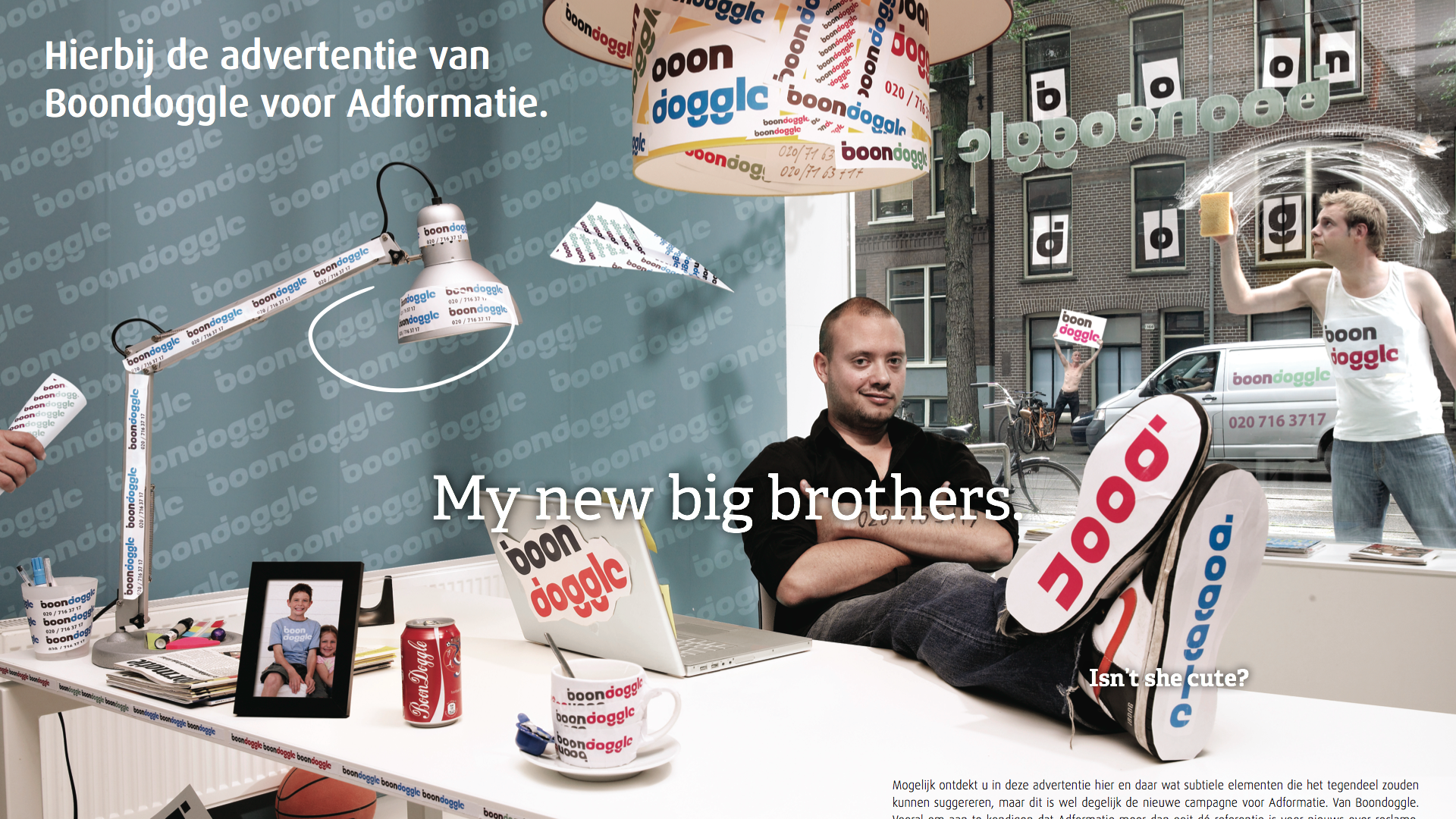
Some weeks ago, I met the director of the Opera in Lyon. He told me a story about how we had used pricing to actually change his company and change the way they communicated.
Several years ago, the Lyon Opera was in a pretty comfortable position. Almost every show was sold out. A whopping 80 percent of all seats was sold to subscribers, which made sure they had a solid customer base to start from. The rest of their tickets was sold at ticket prices ranging from 30 to 60 euros, making sure that in theory, 93% of their seats were taken every show.
In reality, things looked a bit different. 80% subscribers is great, but they never turn up at every opera, causing many empty places during shows. And their strategy had some other negative effects. The team wasn’t stimulated to communicate or innovate (80% was sold anyway) and while the retention rate was very high, hardly any new customers visited the opera.
So, he decided to change things dramatically.
He decided to using pricing as a way to stimulate his company to change.
First, he changed the pricing range. The cheapest tickets would be 5 euros, the most expensive ones 80 euros.
Furthermore, he cut the maximum number of regulars in two, by putting a cap of 40% on the number of subscribers. And he increased the prices of opera subscriptions dramatically.
That meant he had to change the organization. They had to start thinking in target audiences, start thinking in innovating their offer, start planning and announcing their shows in different ways and started to act more conumer-centric.
And change the way they communicated. They had to explain why the price of subscribing had sky-rocketed. But also, instead of relying on the 80% subscribers, they now had to communicate to to get every seat filled again.
The result? As of this year, only 22 percent of all seats are taken by subscribers. Every show, an average of 95% of seats is taken. But even more interesting, they dramatically widened their repertoire (300% more different shows) and currently, 52% of all visitors are younger 25.
